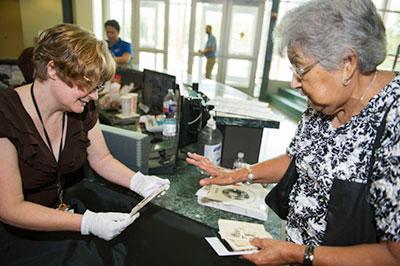As we began our research into library programming skills, we realized that programs are a lot like art. That is, we knew it when we saw it – but we had a hard time articulating a definition that everybody agreed on.

We started with the Institute of Museum and Library Services, which defines a program this way:
“A program is any planned event which introduces the group attending to any of the broad range of library services or activities or which directly provides information to participants. Programs may cover use of the library, library services, or library tours. Programs may also provide cultural, recreational, or educational information, often designed to meet a specific social need.”
But we found this definition simultaneously too narrow and too broad.
The focus on programs as an introduction to other library services — rather than a service in themselves — seemed overly constricting. We are all familiar with library programs that don’t necessarily introduce people to library services or provide information to them. Think about some of the examples we provided in March: Does all-ages coloring fit this definition? What about adult slumber parties?
And yet too broad — a required class on library services for new freshmen fits the IMLS definition, but it feels intuitively like it’s beyond the scope of our project. Why?
For the NILPPA team, a public program has a few defining traits:
- It’s social, not individual. Many people outside the library world still think of libraries primarily as collection holders and lenders — an individual service — but more and more of libraries’ work is about supporting interaction.
- It’s intentional. That is, a program should respond to particular needs and interests, rather than be developed opportunistically. (However, we recognize that this trait remains an ideal rather than a description of the current state of library programs.)
- Nobody has to be there. Many K-12 and academic libraries provide extensive academic instruction, and those aren’t public programs. We don’t consider a library event a program if it occurs during a course meeting time or as part of coursework, if attendance is restricted to that course’s students and instructors, and if students are penalized for failing to attend.
That brings us to our working definition: A program is an intentional service or event in a social setting, developed proactively to meet the needs or interests of an anticipated target audience, at least some of whom attend by choice.
What do you think?
We would love to add your voice to our research.
- What are the defining traits of a program, from your perspective?
- Does your library run both public programs and non-public programs? What are the differences?
Comment below or on the NILPPA website, or email ALA's Public Programs Office.



